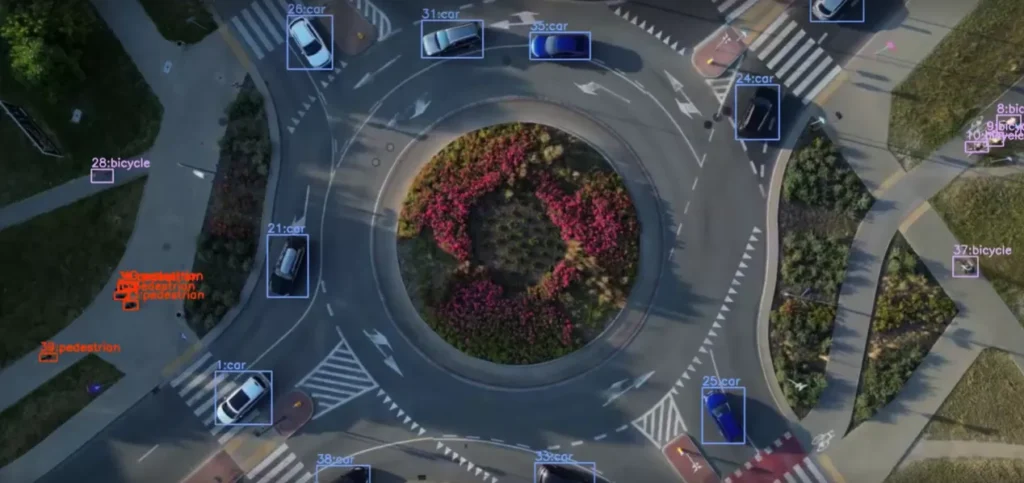
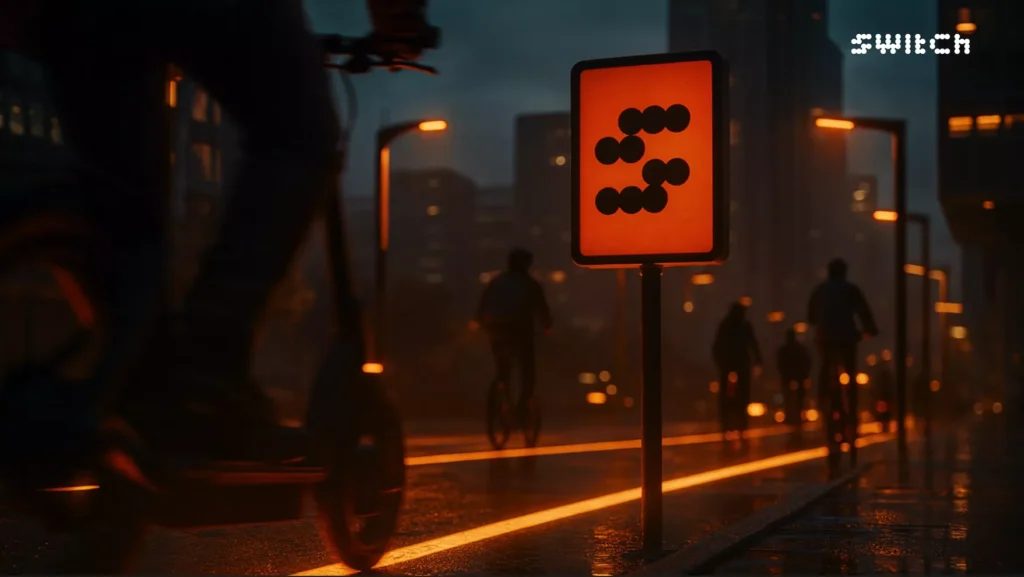
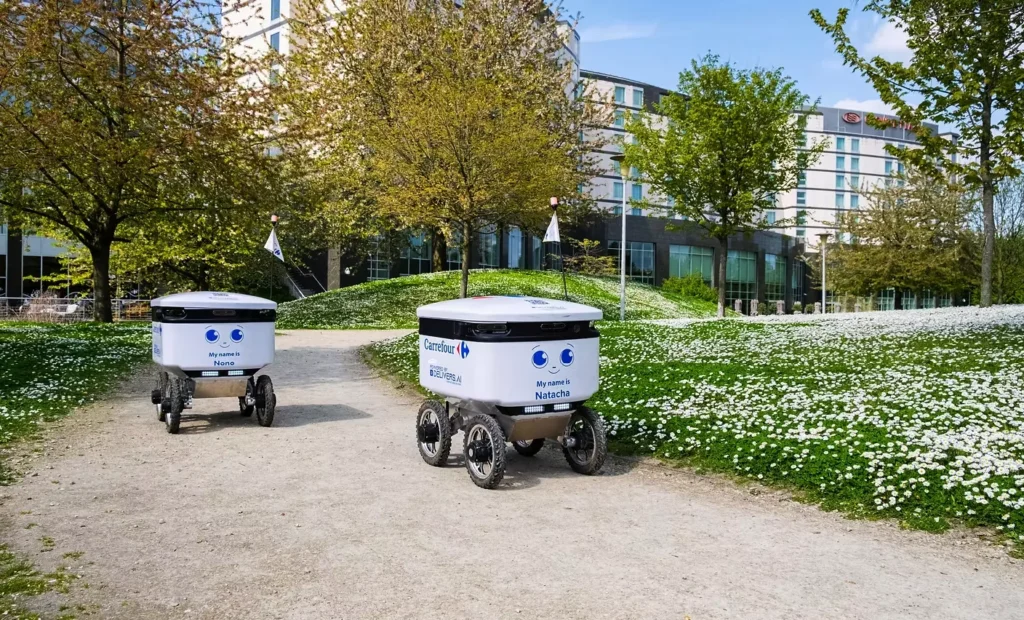
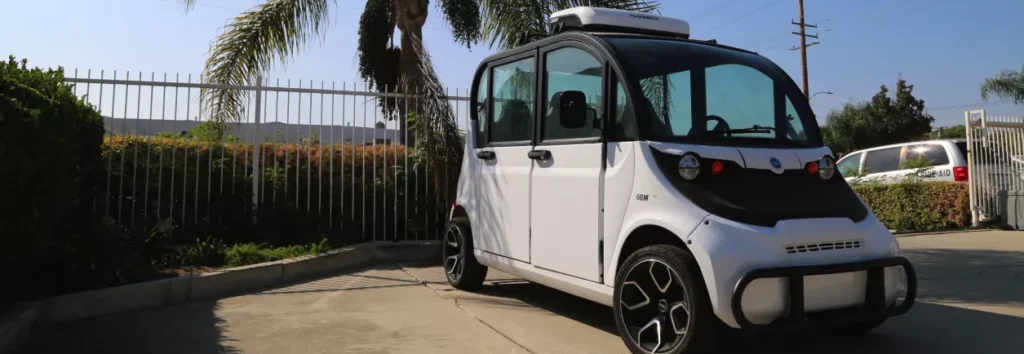
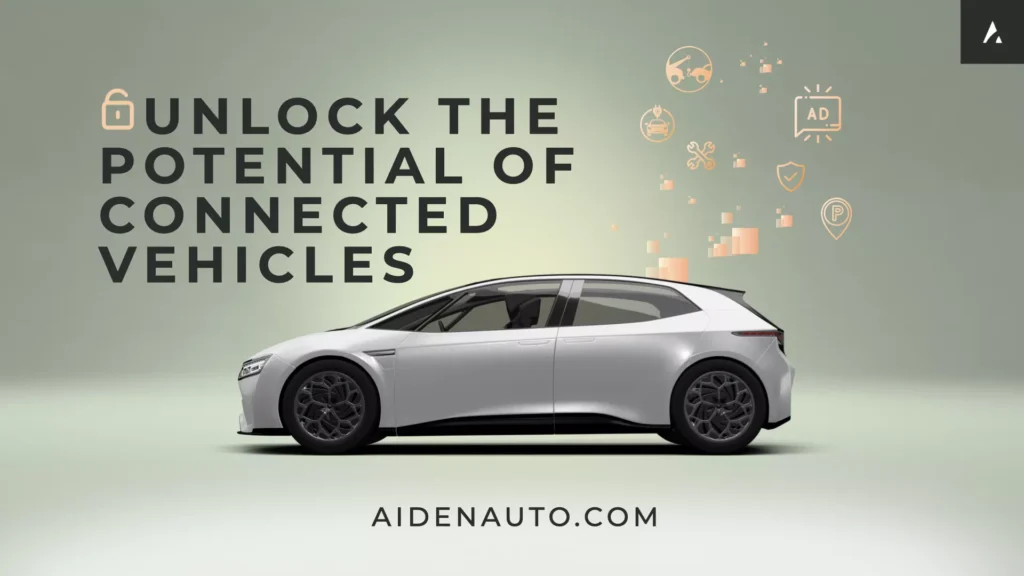





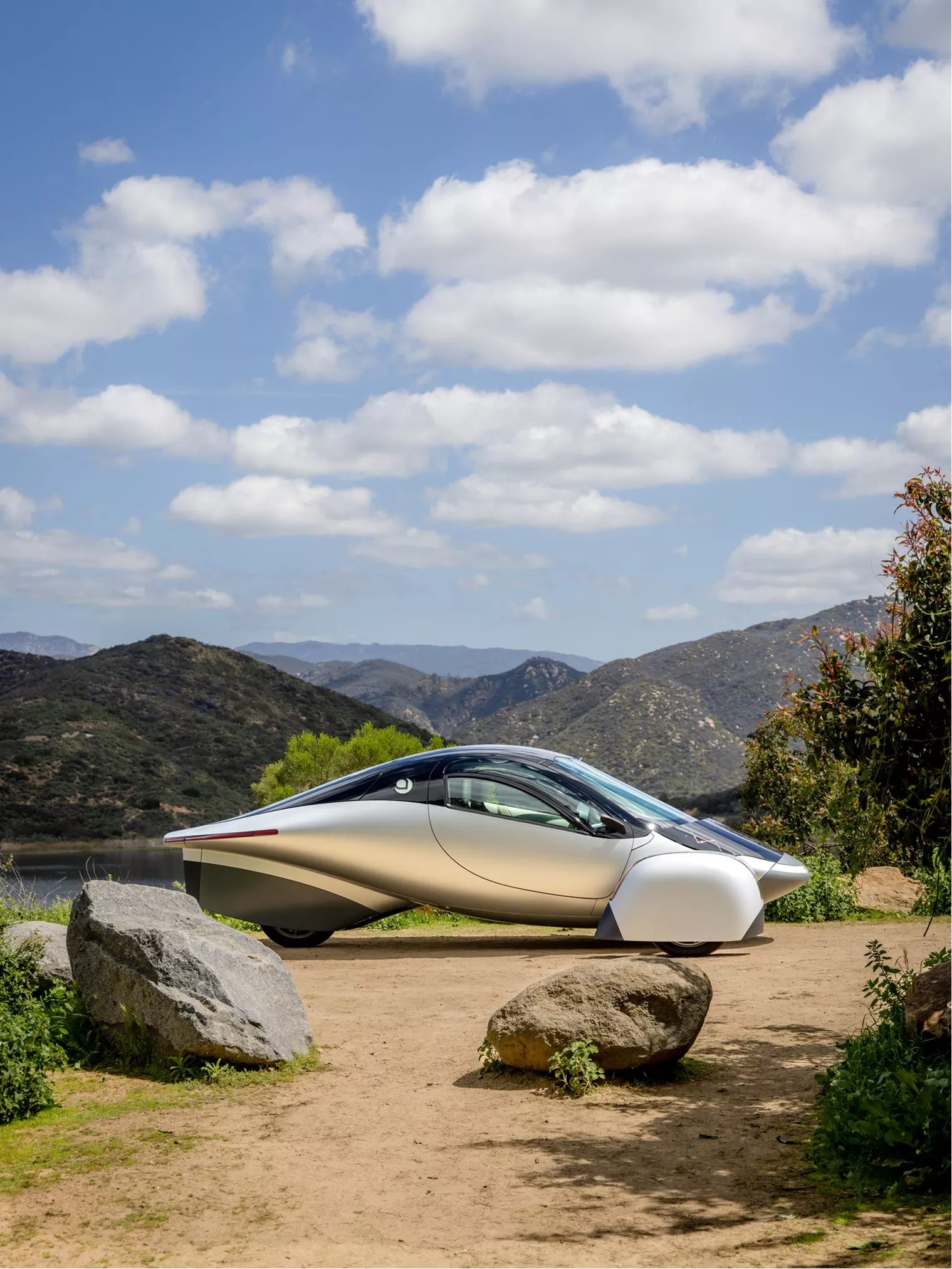
From EVs and batteries to autonomous vehicles and urban transport, we cover what actually matters. Delivered to your inbox weekly.
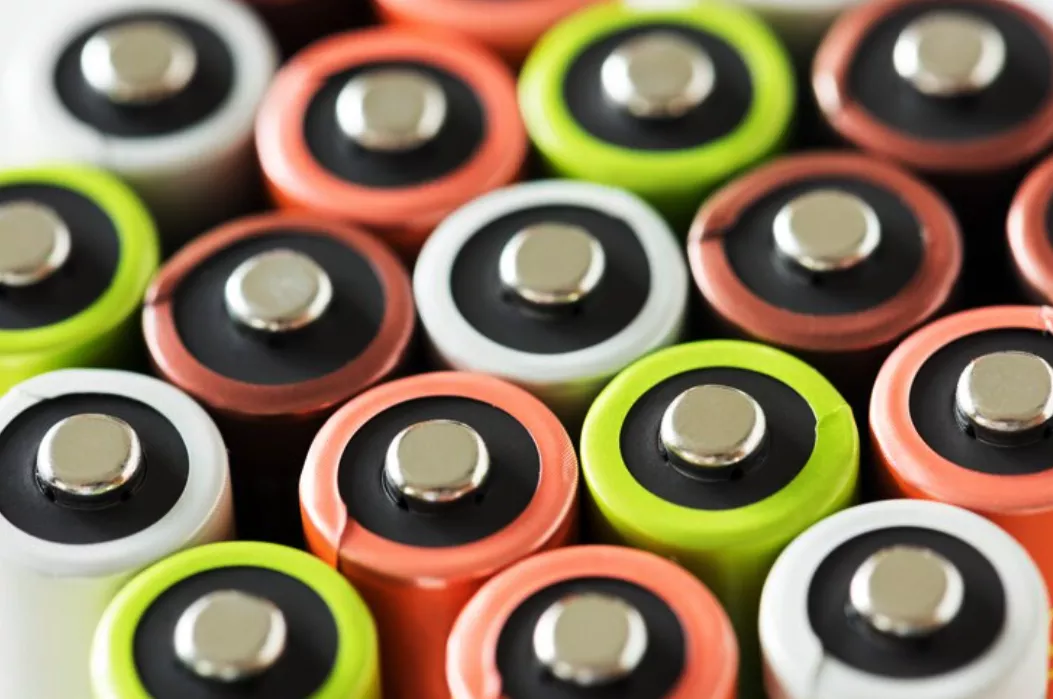
Just a few years ago, lithium iron phosphate (LFP) batteries were dismissed as second-tier — underpowered, low-range, budget tech.
Now? They’re powering Teslas, Fords, BYDs, and the future of global electrification.
As raw material prices surge, safety and cost are back in focus — and LFP hits the sweet spot:
💸 Cheaper than nickel-based cells
🔥 Safer under stress
🔁 Longer-lasting across cycles
In China, it’s already the dominant battery chemistry. In the U.S. and Europe, it’s the next battleground.
👇 Let’s dive into how LFP went from the chemistry no one wanted… to the one no automaker can afford to ignore.
💡 Why scrap a diesel bus when you can transform it?
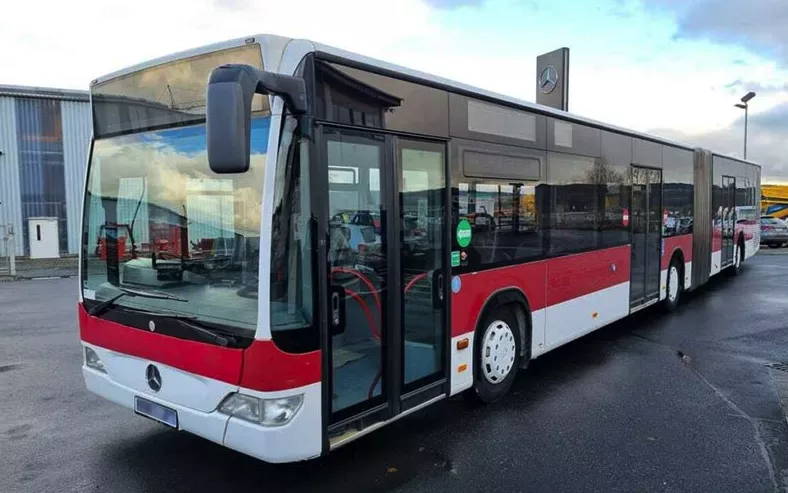
To Zero, a German retrofit startup, is electrifying public fleets by converting diesel buses into clean, quiet, battery-powered EVs — at a fraction of the cost of buying new.
Their kits are TÜV-certified, compatible with top models like the MAN A21 and Mercedes Citaro, and can deliver 400 km of range with fast charging.
Cities save money, cut emissions, and extend the life of their fleets — all while accelerating the shift to electric transit.
👉 Explore To Zero’s work here!
Lithium iron phosphate (LFP) batteries were once dismissed as low-end tech. Too heavy. Not enough range. Only good for scooters and buses.
Fast forward to 2025? They’re powering Teslas, Fords, and most of BYD’s global fleet — and could soon dominate the EV battery market.
Let’s break it down.
For most of the 2010s, LFP was a niche chemistry. It lacked the energy density of nickel-rich NMC batteries, struggled in cold weather, and was often excluded from government subsidies — especially in China, where policy drove automakers toward more “advanced” chemistries.
Only buses and low-range city EVs dared to use it.
By 2023, everything changed.
Meanwhile, U.S. tariffs on Chinese battery imports made LFP supply chains a geopolitical flashpoint.
The next five years will decide the future of EV batteries — and LFP is the main battlefield.
🚨 The question isn’t if LFP will win — it’s who will own the LFP supply chain when it does.
🚢 World’s Largest Electric Ferry Sets Sail
Australian shipbuilder Incat has launched the world’s largest all-electric ship — a 400-foot, battery-packed behemoth designed for Buquebus, operating between Uruguay and Argentina. Powered by 275 tons of batteries, it can carry 2,100 passengers and 225 vehicles — all without burning a drop of fuel. (Business Insider)
🏎️ Ferrari Announces Timeline for First-Ever EV
Ferrari has officially announced the timeline for launching its first-ever electric vehicle (EV). The company’s CEO revealed that the EV will be introduced in stages, beginning with a showcase of its technological core during the capital markets day on October 9, 2025. The full debut is scheduled for spring 2026, with sales beginning in October 2026. With this, it’s official: Even Ferrari can’t ignore the EV shift. (The Sun)
🏛️ EU Eases CO₂ Targets Amid EV Lag
The European Parliament approved a motion to fast-track a proposal to ease EU CO₂ emission targets for cars and vans, aiming to provide automakers more flexibility and reduce the risk of substantial fines. Originally, automakers faced the prospect of paying up to €15 billion in penalties due to shortfalls in EV sales. The proposal suggests adjusting the compliance period to encompass average emissions over 2025–2027 rather than focusing on a single year. (Reuters)
🚗 Foxconn Partners with Mitsubishi on EVs
Foxtron, a joint venture between Taiwan’s Hon Hai Technology Group (Foxconn) and Yulon Motor Co., has partnered with Japan’s Mitsubishi Motors to develop a new EV for the Australian and New Zealand markets. It’s another big step in Hon Hai’s quiet EV land grab, turning electronics expertise into mobility power. (AP News)
⚠️ Polestar Recalls Over 27,000 Vehicles
Polestar, a Sweden-based electric vehicle manufacturer, is recalling over 27,800 of its Polestar 2 models in the U.S. due to a potential safety issue with the rearview camera display. Affected vehicles, produced between July 2020 and November 2024, may experience visualization problems during reversing, with the display potentially failing to show the camera image. Will this hurt Polestar reputation? We’ll see. (NY Post)
Thanks to massive gains in cost-efficiency, thermal stability, and cycle life, LFP is now the go-to chemistry for a growing number of automakers — from BYD and Tesla to Ford, Hyundai, and Stellantis.
Let’s bust the biggest myths and unpack why this chemistry is suddenly leading the charge.
🚫 Reality: LFP batteries may not offer the longest range — but they don’t need to. With better energy density than ever and no need for nickel or cobalt, LFP packs are cheaper, safer, and longer lasting.
🌏 Reality: China dominates LFP — for now. But global demand is exploding, and other regions are catching up.
⚖️ Reality: It depends on the use case.
We’re in the middle of a battery realignment, and LFP is at the center of it. Cheaper, safer, and more scalable, iron-based chemistries are key to global electrification — especially in cost-sensitive markets.
And what will be the next battle?
Most likely, breaking China’s grip on LFP production — and building supply chains that can scale without nickel or cobalt.
“BYD’s Blade Battery: The LFP Revolution Driving Global EV Expansion”
This piece breaks down how China’s battery titan went full vertical, building safer, cheaper, longer-lasting packs — then stuffing them into everything from $10K Seagulls to $90K luxury SUVs.
It’s a crash course in how owning your chemistry + supply chain can fuel a global EV takeover. Europe, Southeast Asia, Latin America — Blade is going everywhere. And it’s not just about price. It’s about scale, speed, and surviving the lithium crunch.
If you want to understand how LFP went from budget tech to industry baseline, this is the article.
LFP batteries were once the “cheap seats” of EV chemistry. Now? They’re the default.
BYD made it global. Tesla made it mainstream. Ford, Rivian, VW — they’re all betting big. Why? Because LFP is safer, cheaper, and lasts longer, especially in urban EVs and fleet models. And with battery-grade nickel and cobalt still volatile, iron phosphate just makes sense.
But here’s the catch…
⚠️ Nearly all LFP production is still tied to China.
CATL, Gotion, BYD — they own the IP, the supply chain, and the factories. Even Ford’s new plant in Michigan? It’s licensing Chinese tech.
So the real question isn’t whether LFP wins — it’s:
💥 Can the U.S. or EU build a non-Chinese LFP supply chain?
⛏️ Who’s going to mine, refine, and scale phosphate-based cathodes locally?
🌍 Or will the West always be downstream in the LFP boom?
📢 Drop your take in the comments. Is LFP the endgame — or just chapter two in the battery wars?